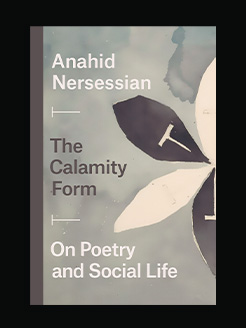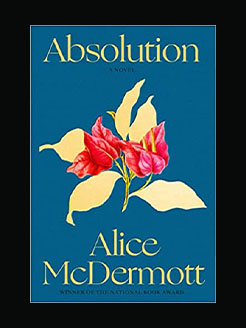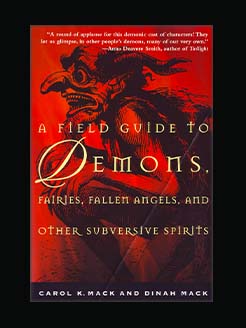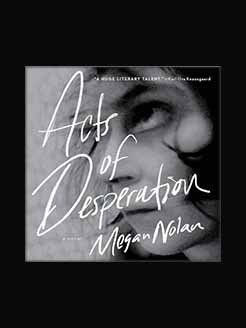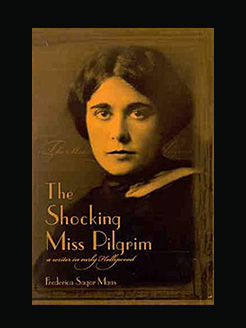Published in 2020
311 pages
Donna DiGiuseppe is the author of Lady in Ermine: The Story of A Woman Who Painted the Renaissance and A Pictorial Companion to Lady in Ermine: The Story of Sofonisba Anguissola. Inspired by her Italian grandparents’ immigration story, Donna studied Humanities and Italian history at UC Berkeley and in Venice, Italy. Tracing her roots to a hilltop village in Abruzzo, Donna toured Italy from Milan to Palermo to rediscover a piece of Italian history. Donna fell in love with Sofonisba Anguissola when she held Sofonisba’s 1559 “Holy Family.” Donna has been inside Sofonisba’s childhood home and has laid flowers at her gravesite. Her debut novel reconstructs Sofonisba’s fascinating life from Donna’s extensive travels. What Dianne Hales, author of Mona Lisa: A Life Discovered, calls, “A vivid portrait of a talented woman who defied the conventions of her times,” Lady in Ermine is a story of historic achievement born of one woman’s perseverance and determination to fulfill her passion. A gallery of Sofonisba’s work is available at donna’s website sofonisba.net
What is this book about?
Stroke by stroke, color by color, the past comes alive as a young woman in Lombardy, Italy trains to paint with the masters.
Will her ambition be too much for them? Or will she secure her place in the world of Renaissance art, despite them?
As Sofonisba struggles to make her name, the Spanish empire invades Italy.
With Michelangelo as her mentor and her father as her champion, Sofonisba dreams of painting the Spanish King.
In this novel of Royal intrigue and artistic toil, we see the soul of the painter come alive. We watch as Sofonisba struggles to realize her dreams against the backdrop of patriarchal Europe. When Royal tragedy unfolds, we learn the true strength of our heroine.
Romance, hardship, bankruptcy, and a legacy of hundreds of paintings that still influence today’s artists. An authentic story of what it was like to be a woman of ambition in the Renaissance.
History comes dramatically alive as we journey through the Renaissance with Sofonisba Anguissola.
